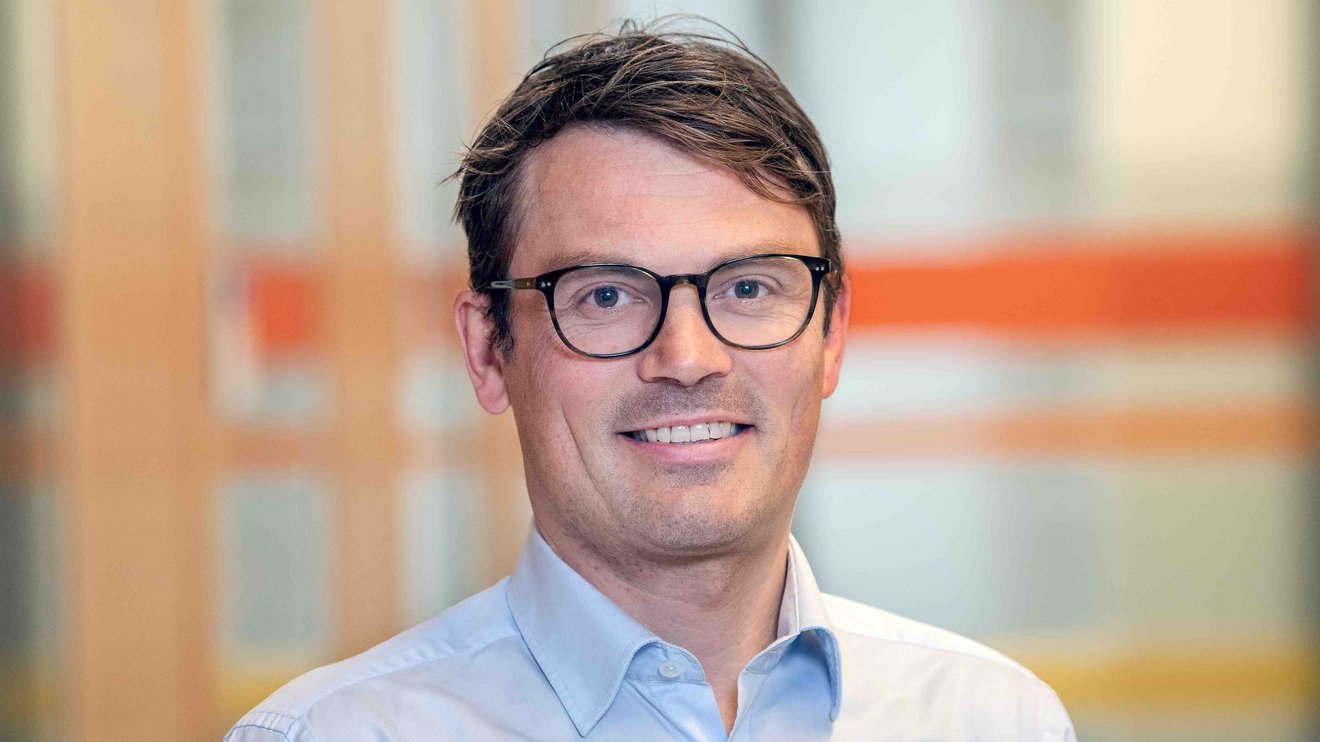Why are you involved in the NUM?
I think the NUM is a very valuable and timely initiative for scientific networking. We need the structures created by the NUM in order to be internationally competitive. For me personally, the NUM has led to broader networking and very fruitful dialogue with colleagues at other locations. For me, interdisciplinary cooperation in the NUM is the path to success!
Where do you see the greatest opportunities if all university hospitals conduct joint research?
As a radiologist, I am involved in the development and application of Artificial Intelligence (AI) methods. We now know that successful applications are generally based on very large and diverse training data sets. For the first time, infrastructures such as RACOON are creating the technical and regulatory requirements for compiling such data sets.
Tell us a technical term from your job that sounds exciting and that only the real experts understand! What does the term mean?
Privacy Preserving Machine Learning (PPML) is an important term in the development of AI methods. It refers to techniques and approaches to ensure the privacy of individuals in machine learning models. In conventional machine learning methods, large amounts of data are often collected and processed in centralised servers or cloud environments. This can violate personal data protection rights. PPML techniques are developed and applied in order to be able to process sensitive, personal data securely.
What excites you about your job?
As a doctor and scientist, I am enthusiastic about radiology because of the wide range of possibilities in everyday clinical practice and research. Radiological images provide essential diagnostics very quickly and precisely, thereby significantly and centrally controlling a patient's treatment in everyday life. On the other hand, the "AI boom" in recent years has led to a rapid development of imaging and image analysis methods. I see great potential here for improved detection of diseases and patient care.




